Peanut butter is one of the most beloved foods in the world. Its creamy texture and sweet-salty flavor can be enjoyed in countless ways, from a simple PB&J sandwich to decadent peanut butter and jelly milkshake. But have you ever wondered who invented this tasty treat? Here we will explain who invented it.
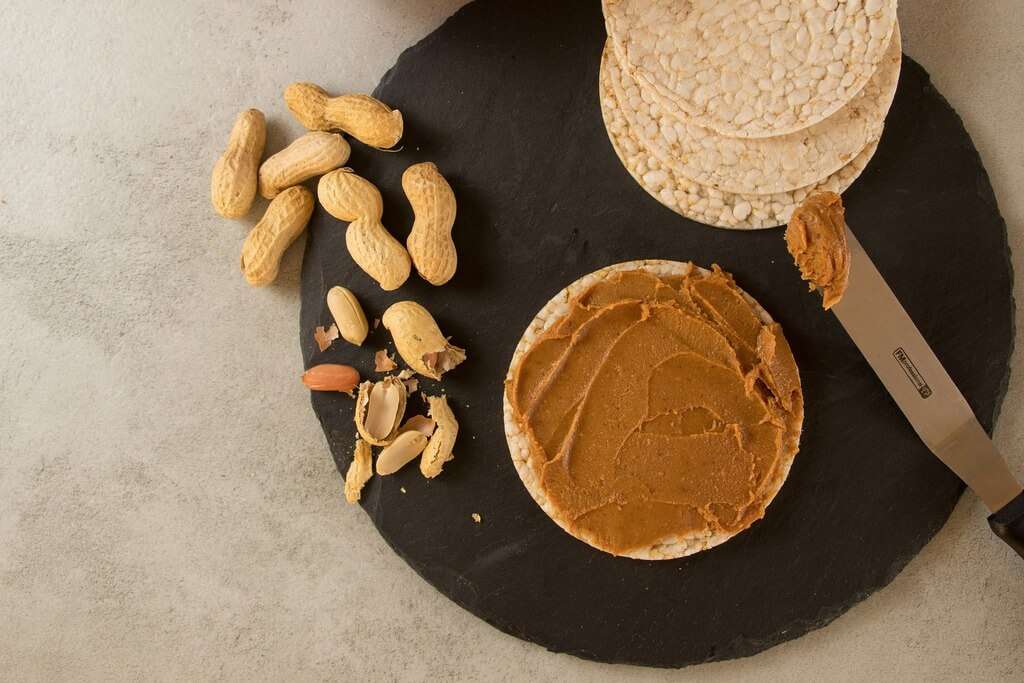
George Washington Carver
One of the most well-known figures associated with the invention of peanut butter is George Washington Carver. Born into slavery in the mid-19th century, Carver went on to become an influential agricultural scientist and inventor.
Carver recognized the potential of peanuts to be a valuable crop in the South, which was struggling after the devastation of the Civil War. He developed a variety of uses for peanuts, including as a source of oil, fertilizer, and livestock feed. He also experimented with using peanuts in recipes, creating dishes like peanut soup and peanut candy.
While Carver is often credited with inventing peanut butter, he did not create the first commercial peanut butter product. However, his work with peanuts helped popularize the crop and contributed to its eventual widespread use in food products.
Due to his work with peanuts, Carver was a champion of sustainable agriculture and worked to promote crop rotation and other practices that would benefit both farmers and the environment.
Despite facing discrimination and prejudice throughout his life, Carver made significant contributions to the fields of agriculture and food science. His work with peanuts and other crops helped pave the way for future innovations in the food industry.
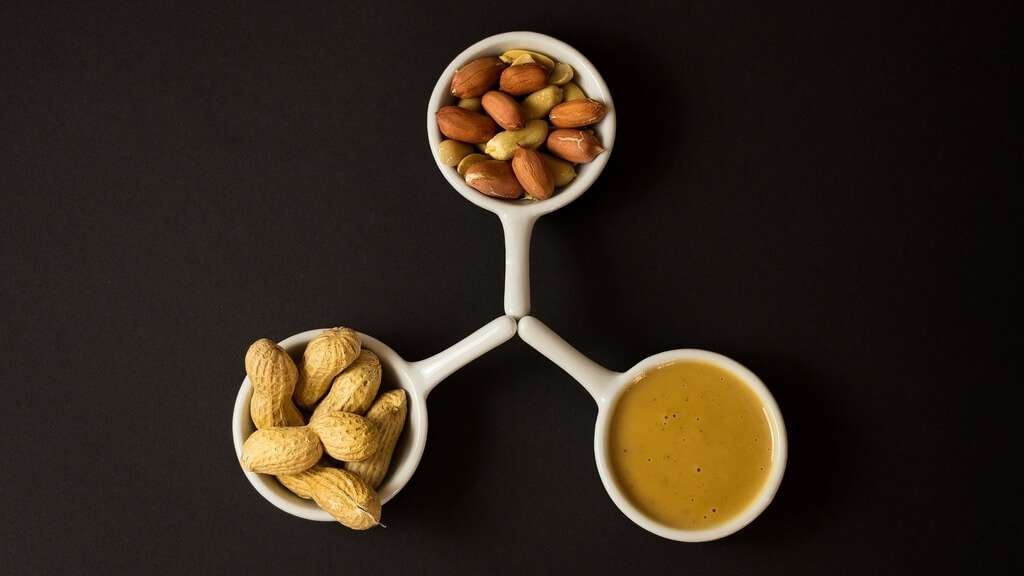
Dr. John Harvey Kellogg
Dr. John Harvey Kellogg is widely known for his work in the field of nutrition and health. However, many people are unaware of his contribution to the history of peanut butter. In 1895, Dr. Kellogg filed a patent for a food product made from peanuts. Although he did not specifically call it peanut butter, the product was very similar to what we know today.
Dr. Kellogg’s product was marketed as a nutritious food option, especially for people with dental issues who could not consume meat. He believed that his product could serve as an alternative source of protein and healthy fats for people who were looking for a plant-based option.
Interestingly, Dr. Kellogg’s invention did not gain as much popularity as he had hoped. This may have been because he marketed his product as a healthy alternative to meat, which did not appeal to everyone’s taste buds.
Regardless, Dr. Kellogg’s patent is proof that peanut butter was already being developed and marketed as a food product over a century ago. It is possible that his work may have inspired other inventors and food companies to create their own versions of peanut butter, ultimately leading to the spread of its popularity.
Marcellus Gilmore Edson
Marcellus Gilmore Edson, a Canadian chemist, was the first person to patent peanut butter in the United States in 1884. However, his invention was not quite the creamy peanut butter we know today. Instead, Edson’s peanut butter was a gritty paste that was not as easy to spread.
Edson was inspired to create peanut butter after witnessing people in his community with no teeth struggle to eat peanuts. He wanted to find a way to make the nutritious nut easier to consume. So, he experimented with roasting peanuts, grinding them into a paste, and then adding sugar to create a sweeter taste.
Even though Edson’s patent was the first for peanut butter, he did not pursue the commercial production of it. It was not until Dr. John Harvey Kellogg developed a peanut butter-making process that created a smoother, creamier consistency in 1895, that peanut butter became widely popular.
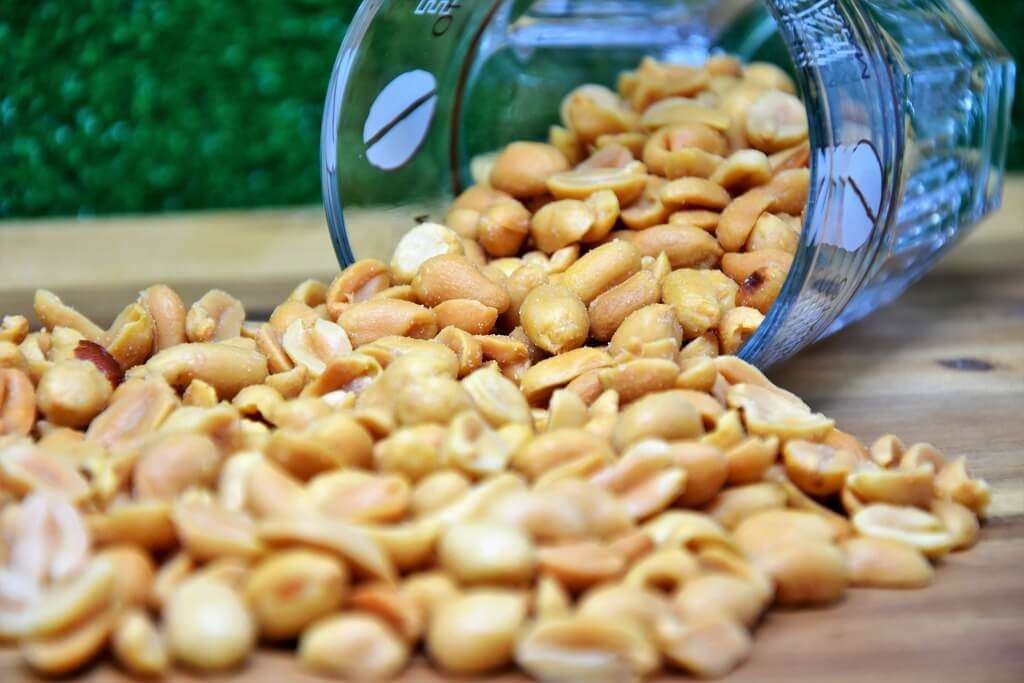
Despite this, Edson’s contribution cannot be ignored. Without his innovation and dedication to improving the way people consumed peanuts, peanut butter may not have come to be such a beloved household staple. While Marcellus Gilmore Edson may not have been the first to make peanut butter, his invention, and patent laid the foundation for peanut butter’s widespread popularity and continued success today.
Early Uses Of Peanuts
Believe it or not, peanuts were first cultivated in South America over 3,500 years ago! Ancient Incas used to grind peanuts into a paste to make a nutrient-rich protein food. They also used peanuts to make medicine and oil. When the Spanish arrived in the Americas, they discovered peanuts and brought them back to Europe. It wasn’t until the 19th century that peanuts became a common crop in the United States.
Peanuts quickly became a staple food in the South, especially during the Civil War, when soldiers relied on them for a source of protein. People started roasting and boiling peanuts, using them in soups and stews, and even making candy. Despite their widespread use, nobody had yet thought to turn peanuts into peanut butter. It wasn’t until the late 1800s that someone came up with the idea to grind roasted peanuts into a spreadable paste. This innovation would change the world and lead to one of the most beloved foods of all time.
How Peanut Butter Is Made?
Peanut butter, a staple in many households, is not just a spread but a versatile ingredient that adds a rich and creamy dimension to both sweet and savory dishes. Ever wondered about the journey of peanuts from the field to your breakfast table? Let’s embark on a nutty adventure and explore the fascinating process of how peanut butter is made.
The Peanut Harvest: From Field To Factory
The journey of peanut butter begins in the vast fields where peanuts are cultivated. Peanuts are legumes that grow underground, and they’re typically ready for harvest about 120 to 160 days after planting. The harvesting process involves uprooting the entire peanut plant, allowing it to dry for a few days, and then mechanically separating the peanuts from the vines.
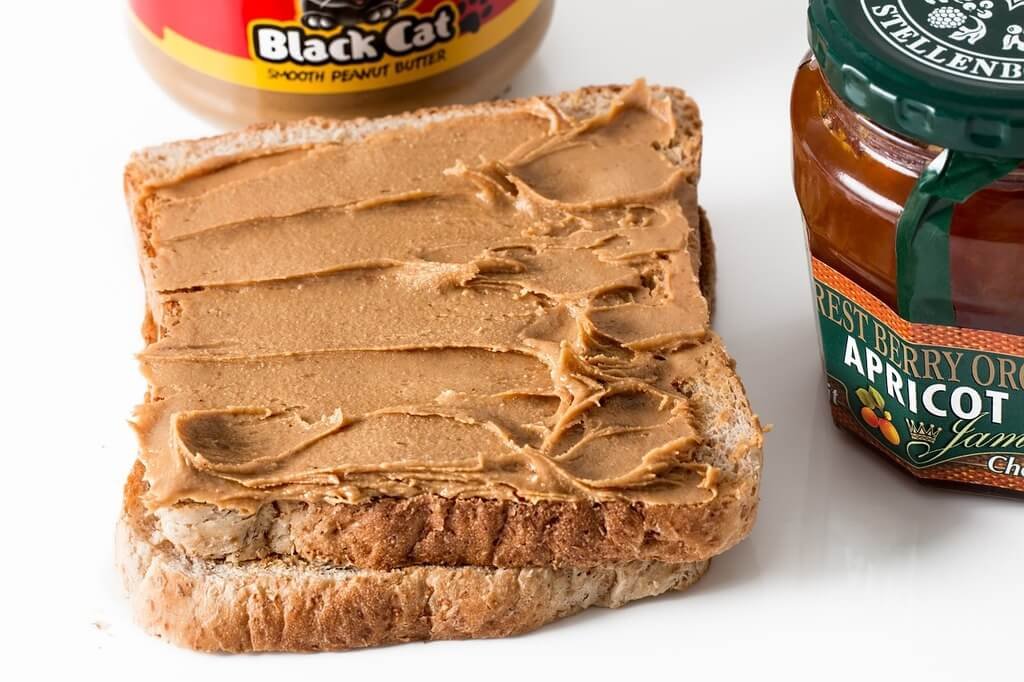
Once the peanuts are harvested, they are transported to processing facilities, where the real magic of peanut butter-making begins.
Cleaning And Sorting: Quality Matters
Upon reaching the processing facility, the peanuts undergo a thorough cleaning and sorting process. This step ensures that only high-quality peanuts make their way into your peanut butter. Machines remove any debris, rocks, or foreign materials, and the peanuts are meticulously inspected to meet stringent quality standards.
Roasting: Unlocking Flavor And Aroma
Roasting is a crucial step in the peanut butter-making process, as it enhances the flavor and aroma of the peanuts. The peanuts are evenly spread on large trays and roasted at temperatures ranging from 320 to 340 degrees Fahrenheit. This not only gives the peanuts a delightful roasted flavor but also helps reduce moisture content and improve the overall shelf life of the product.
George Washington Carver, a renowned American botanist and inventor, played a significant role in popularizing peanuts and discovering their versatile uses. Carver’s experiments with peanuts helped farmers understand their potential as a valuable crop, leading to increased cultivation and the eventual integration of peanuts into various products.
Grinding: Turning Peanuts Into Butter
After roasting, the peanuts are ready for the transformative step – grinding. The peanuts are fed into grinding machines, which can be either stone mills or steel blades. The grinding process releases the natural oils present in peanuts, turning them into a smooth and creamy consistency. Some manufacturers add salt, sugar, or other ingredients at this stage to enhance flavor and meet specific taste preferences.
The grinding process involves multiple passes through the machinery to achieve the desired texture. The resulting paste, now resembling peanut butter, is carefully monitored to ensure quality and consistency.
Blending And Additional Ingredients: Customizing The Flavor
Depending on the desired end product, additional ingredients may be introduced during the blending phase. Some manufacturers choose to add sweeteners, stabilizers, or even different nuts to create unique variations of peanut butter. This step allows for customization, catering to diverse consumer preferences, including those with dietary restrictions or specific taste profiles.
Packaging: Ready For Consumption
Once the peanut butter achieves the perfect blend, it’s time for packaging. The smooth, creamy spread is pumped into jars, containers, or other packaging formats. The packaging process is highly automated, ensuring efficiency and hygiene. Labels are applied, and the jars are sealed, and ready to be shipped to grocery store shelves around the world.
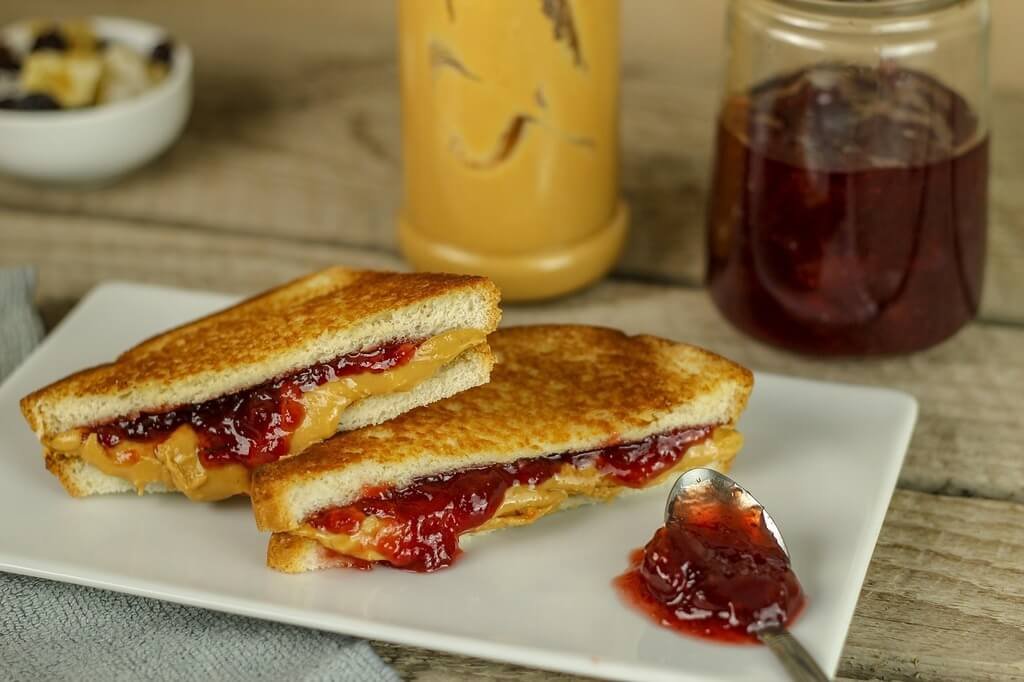
The Evolution Of Peanut Butter
The history of peanut butter is as rich and diverse as its flavor. While George Washington Carver’s pioneering work popularized peanuts in the early 20th century, it was later innovators who refined the peanut butter-making process. In 1922, Joseph L. Rosefield patented a process for making smooth peanut butter by homogenizing it, preventing the natural oil separation. This innovation marked a turning point, leading to the creamy peanut butter we are familiar with today.
A Spread For Every Palate
As we delve into the intricate journey of peanut butter production, it becomes clear that there’s more to this beloved spread than meets the eye. From the sun-soaked fields to the state-of-the-art processing facilities, each step plays a crucial role in delivering the creamy goodness that graces our sandwiches, snacks, and recipes.
Next time you enjoy a spoonful of peanut butter or spread it generously on your morning toast, take a moment to appreciate the meticulous process that brings this nutty delight to your table. George Washington Carver’s legacy lives on in every jar, reminding us of the humble peanut’s extraordinary journey from the field to becoming a kitchen staple.
When Was The Peanut Butter And Jelly Sandwich Invented?
The peanut butter and jelly sandwich, a lunchbox favorite and a comfort food classic, has been a staple in American households for generations. But when did this iconic combination first grace our taste buds, and who can we credit for the ingenious pairing of peanut butter and jelly? Join us on a journey through time as we explore the fascinating history of the peanut butter and jelly sandwich.
A Collision Of Culinary Worlds: The Early Days
To understand the origins of the peanut butter and jelly sandwich, we must first delve into the individual histories of peanut butter and jelly. While the peanut butter we know today has its roots in George Washington Carver’s experiments with peanuts in the early 20th century, the concept of pairing it with jelly has a more complex and varied history.
Peanut butter itself dates back to ancient civilizations, where the Aztecs and Incas mashed roasted peanuts into a paste. However, the credit for popularizing peanut butter goes to George Washington Carver, a pioneering botanist and inventor. Carver’s work in the 1920s not only emphasized the nutritional value of peanuts but also showcased their versatility in various culinary applications.
The Rise Of Peanut Butter: George Washington Carver’s Influence
George Washington Carver’s experiments with peanuts extended beyond the laboratory, reaching kitchens across the United States. His promotion of peanuts as a cash crop and his development of innovative peanut-based products helped elevate the humble legume’s status.
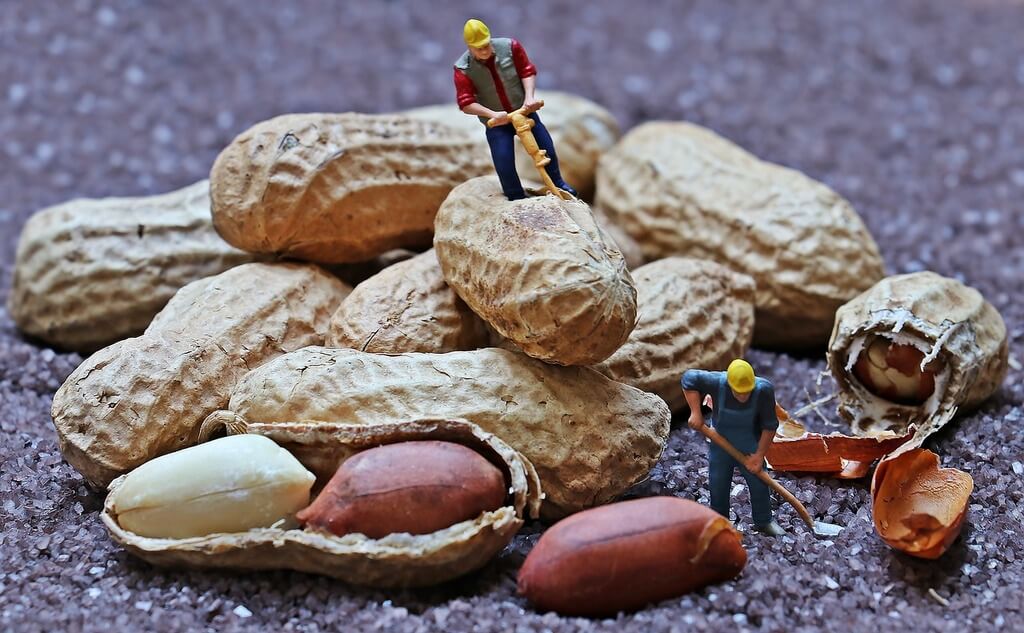
While Carver’s contributions to the peanut industry were significant, he did not directly pair peanut butter with jelly in his experiments. The emergence of the peanut butter and jelly sandwich would come later, as the popularity of peanut butter continued to grow.
The Jelly Journey: A Sweet Addition To The Mix
Jelly, on the other hand, has a more ancient history, with early references to fruit preserves dating back to the Middle Ages. The combination of fruit preserves and bread was a common practice, and the concept of spreading jelly on bread likely evolved.
The term “jelly” in the context of the sandwich refers to a fruit spread made from fruit juice, sugar, and pectin. This sweet addition to the peanut butter sandwich took shape as fruit preserves became more widely available and affordable in the late 19th and early 20th centuries.
The Emergence Of The Sandwich: A Mid-20th Century Delight
The first recorded instances of the peanut butter and jelly sandwich appear in early 20th-century cookbooks. However, it wasn’t until the 1940s and 1950s that this dynamic duo gained widespread popularity. The simplicity, affordability, and portability of the sandwich made it a convenient choice for lunches, and it soon became a favorite among both children and adults.
The exact origin of the peanut butter and jelly sandwich remains a subject of debate, with several claimants vying for the title of the inventor. Some credit American soldiers for popularizing the combination during World War II, as the military provided peanut butter and jelly in ration kits.
Innovators And Innovations: The Evolution Of A Classic
While the exact moment of invention may be elusive, certain individuals and innovations played crucial roles in shaping the peanut butter and jelly sandwich as we know it today. In 1928, the Merriam-Webster dictionary included an entry for “peanut butter sandwich,” indicating its existence in the common language.
One key innovation that furthered the sandwich’s popularity was the introduction of sliced bread. The convenience of pre-sliced bread, first sold in 1928 by the Chillicothe Baking Company of Chillicothe, Missouri, made it easier for people to assemble their sandwiches quickly.
Cultural Impact: From Lunchboxes To Pop Culture
The peanut butter and jelly sandwich’s cultural impact extends beyond its humble ingredients. It became a symbol of simplicity, accessibility, and familiarity, making it a beloved choice for lunches, picnics, and casual meals. Its popularity in American households elevated it to an iconic status, transcending generations.
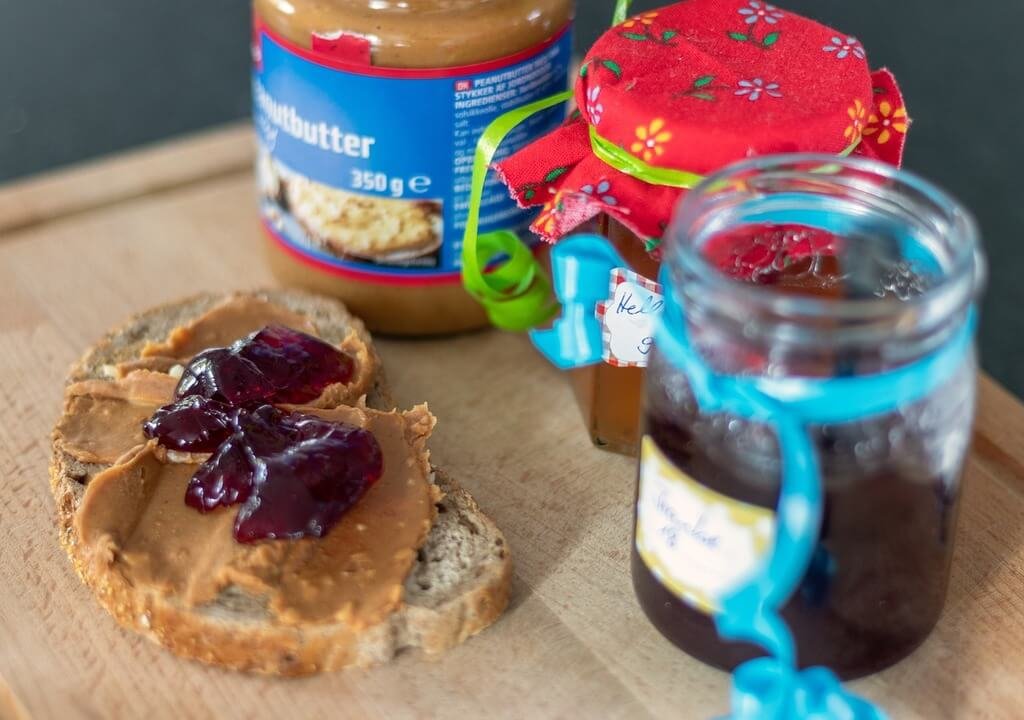
The sandwich also found its way into pop culture, featuring prominently in literature, television, and film. Whether packed in a lunchbox in a schoolyard or shared during a heartwarming family moment, the peanut butter and jelly sandwich has woven itself into the fabric of American life.
Modern Variations: Beyond Bread And Jelly
As culinary tastes have evolved, so too has the peanut butter and jelly sandwich. Modern variations include using different types of bread, experimenting with gourmet jellies, and even incorporating additional ingredients like bananas, honey, or chocolate spreads.
Health-conscious consumers have also explored alternatives, opting for whole-grain bread, natural peanut butter without added sugars, and fruit spreads with reduced sugar content. These variations showcase the adaptability of the classic sandwich to suit diverse preferences and dietary choices.
Conclusion: A Timeless Taste Of Nostalgia
In the quest to uncover the origins of the peanut butter and jelly sandwich, we find ourselves immersed in a rich tapestry of history, innovation, and cultural influence. While the specific inventor may remain a mystery, the enduring appeal of this classic combination is undeniable.
George Washington Carver’s contributions to the popularity of peanuts, combined with the historical evolution of both peanut butter and jelly, set the stage for the creation of a timeless American favorite. Whether enjoyed in school cafeterias, office lunchrooms, or cozy kitchens, the peanut butter and jelly sandwich continues to be a delicious taste of nostalgia, bridging generations and bringing smiles to faces across the nation.
Also Read: Who Invented What List?
